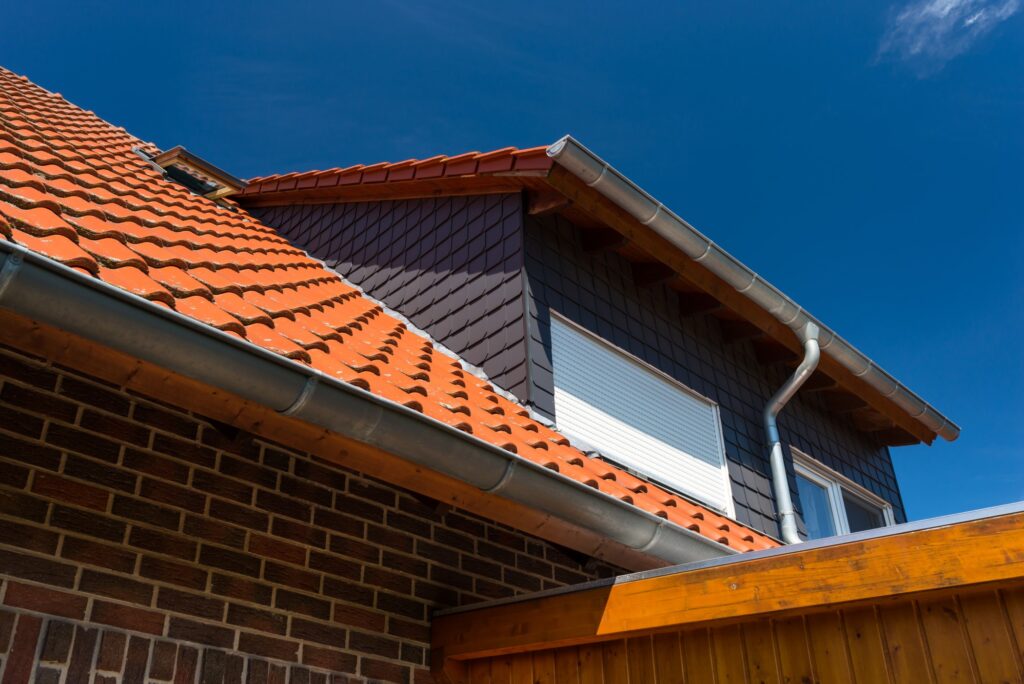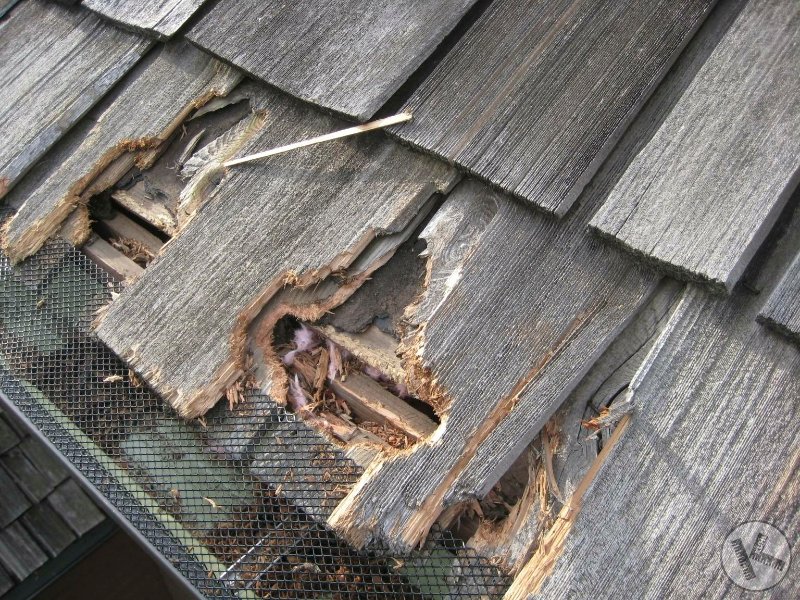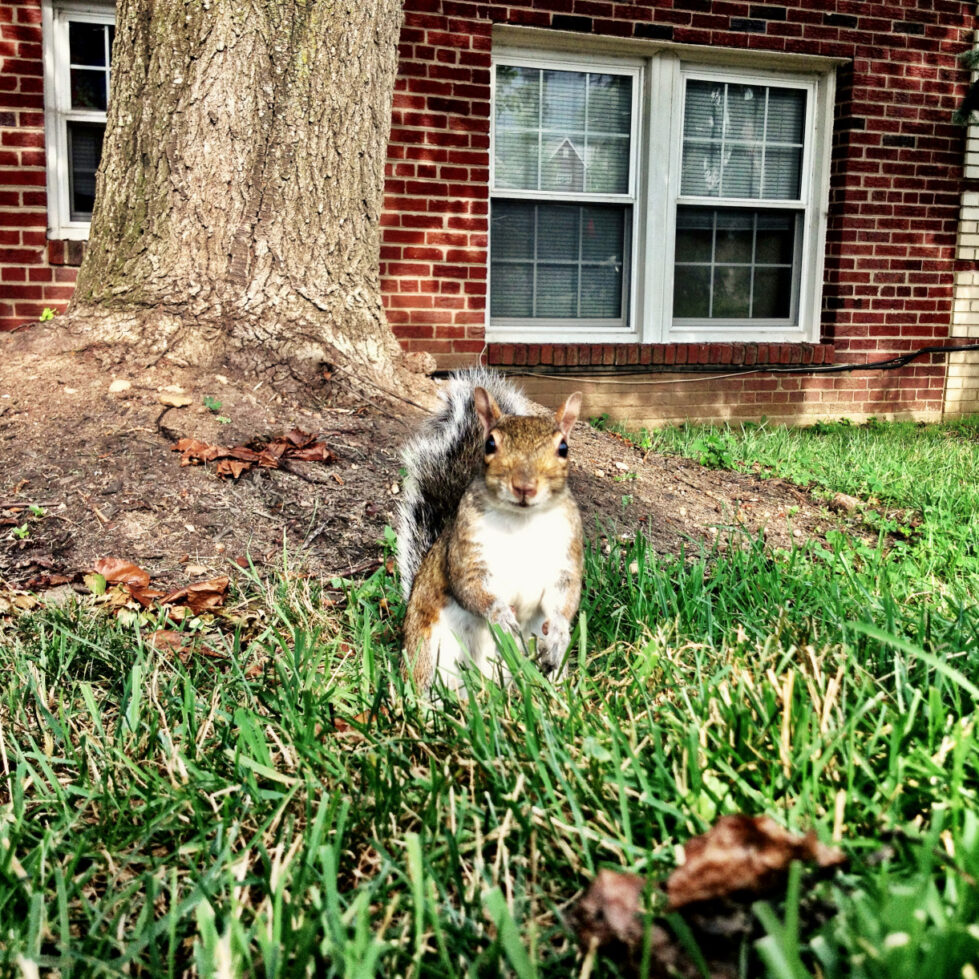What is Wildlife Exclusion and do I need it for my home? Many homeowners don’t think about wildlife invading their home -until it’s too late. Protect your home and investment by thinking ahead with wildlife prevention.
What is Wildlife Exclusion?
The proactive strategy to prevent wildlife from invading your home or other structure is known as wildlife exclusion. This is a long-term solution that allows rats and wildlife to stay outside where they belong. Wildlife exclusion services are offered as well as other professional wildlife removal companies nationwide.
Wildlife exclusion devices for rodents and other animals are sometimes promoted as simple home DIY fixes for pest animals, however, wildlife exclusion services are more effective and long-term for preventing wildlife entry and damages.
Sealing chimneys, fixing holes, and filling in gaps are common examples of wildlife exclusion services. The most effective house exclusion for wildlife achieves two goals:
1. Removes the rodent(s) or wild animal(s) from the house.
2. Keeps the animal — a rodent or other wildlife – out of the locations they’re now entering as well as any future entry points.
Exclusion of pests and insects is a proactive strategy to prevent wildlife from invading your home. This approach will keep pests and wildlife outside, where they belong, in the long run. While achieving the results we need, the companies utilize many wildlife exclusion products so that they can prevent any sort of reentry.

Types of Animals You Need to Keep Out
The most common animals for exclusion services around the home include Bats, Squirrels, Raccoons, Birds, Mice and Rats, Moles, Snakes, Skunks and Opossums. Here are a few common practices to know about exclusion work for each animal species.
Bat Exclusion – Getting Rid of Bats From The Attic
In comparison to other services, bat work is more of a construction-based activity. Live exclusion is the only legal approach to solve bat problems, and it is done in a compassionate manner. Exclusion is a lengthy procedure that involves shutting all areas of the structure and placing one-way devices over the main entrance. This permits the bats to safely escape the structure and prevents them from returning.
Raccoon Exclusion – Sealing Holes Created by Raccoons
Raccoons frequently rip enormous holes in roofs to gain access, and the entrances must be sealed when the raccoons have been trapped. When raccoons rip through shingles and plywood, sheet metal is a popular material used to cover the gaping holes on the borders of a home or when the roof needs to be patched.
Though raccoon exclusion can work in certain cases, there is no guarantee that the animals will not be able to get entrance to the residence in the long run. They are simply too cunning and, even after being expelled, can usually find their way back into a home with minimal effort.

Squirrel Exclusion – Trapping Squirrels & Repairing Damages
Squirrels are known for chewing holes in various portions of a house, particularly around the roofline. When an animal behaves in this manner, it’s best to take action quickly!
Squirrel damage is usually not too time-consuming to repair; however, they may chew many holes at a time. Hardware cloth or other tough material is usually used to close holes.
Mouse and Rat Exclusion – Every Little Crack Needs to be Sealed
Out of the various species of rodents, mice and rats are the most prevalent home invaders. Squeezing through open gaps around the foundation or roofline is how they normally get access to a home. Rodent exclusion is usually done before or during the trapping/baiting operation.
Skunk Exclusion – Deck Barriers & Trenching
Skunks rarely cause significant damage to a home, yet their mere presence is enough to be a nuisance. Skunks will commonly seek shelter under decks, and the only method to permanently get rid of them is to trench around the deck with wire or other material.
Mole Exclusion – Trapping & Removal
There is no long-term barrier that can keep moles away from your home. Any preventative barrier is worthless because they can burrow tunnels around or beneath just about anything. The only way to catch the moles is to capture them every time new evidence appears. Poison worms are also used by certain companies as a long-term remedy, albeit this is less effective than trapping.
Opossum Exclusion – Deck Barriers & Sealing Holes
Opossums infest decks and patios, attics, and utility sheds, among other residential and commercial property places. After trapping opossums that have dug their way beneath a deck or patio, trenching around the area and placing wiring around the borders has shown to be the most effective approach to keep opossums out.
Opossums are known to enter attics in portions of the southern United States. They should be trapped and removed as soon as possible, and any openings in the roof should be sealed to prevent future reentry.
Bird Exclusion – Sealing Previous Entries
Birds will frequently get access to a home by slipping through unprotected attic holes. The most common entry points for pests into a home are the dryer and attic vents.
A one-way mechanism can be used to trap or exclude the birds. The openings in the roof will be sealed when the birds have been properly killed by a wildlife control professional. If the birds were in a vent, a new cover, preferably one that is sturdy enough to keep future birds out, can be placed.
How Much Does Wildlife Exclusion Cost?
The average cost of wild animal management and removal is $359, with a usual range of $188 to $546. Pest control firms charge a flat price or a minimum service call fee ranging from $150 to $250, followed by an hourly rate ranging from $50 to $250 after the first hour. The cost of using animal traps in a cost-effective and sensitive manner ranges from $50 to $350.
Bats, rats, mice, birds, squirrels, raccoons, skunks, and feral cats are all examples of pests. Rats and mice are slightly less expensive, costing around $300 on average. Raccoon and squirrel removal is one of the most expensive projects, costing anywhere from $200 to $1,500 or more depending on the size of the infestation and the extent of the damage.
Off-the-shelf poisons may appear to be a cost-effective and appealing solution, but they can be harmful to pets and children if used incorrectly. Contact a wildlife removal specialist for a consultation to keep your family and pets safe.
Why Does Your Home Need Wildlife Exclusion?
While some wildlife may appear to be small and harmless, it is vital to realize that wild creatures pose numerous risks. A wildlife encounter can pose a major health danger, from viruses and parasites to painful bites. Call a certified professional to evaluate your wildlife issues to protect yourself and your family.

